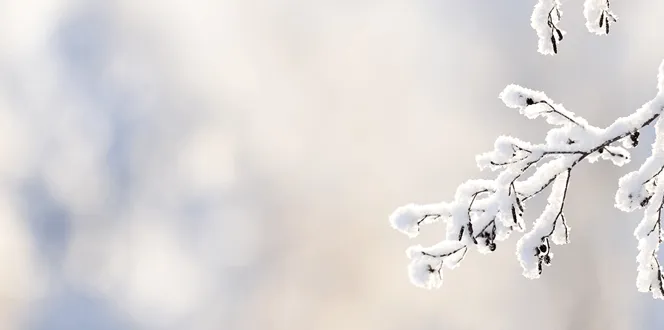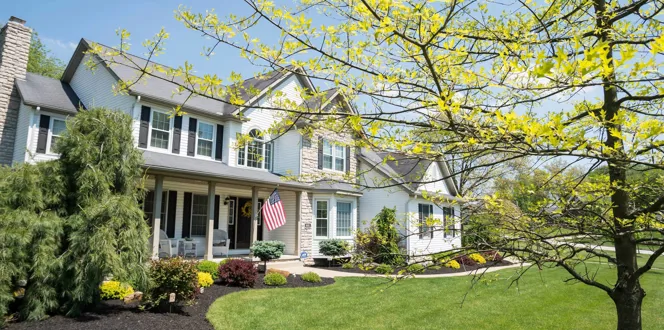Whether it’s a robin perched in the canopy singing a morning tune, or a hummingbird fluttering around tree flowers, the connection birds have with our plants can be truly beautiful.
Or...it can get ugly. Woodpeckers love our trees too, but in this case the feeling isn’t mutual. These birds drill their beaks into a trunk in search of food, leaving wounds that can hurt trees down the line.
If you suspect a woodpecker has been poking at your tree, read on to confirm the signs of bird damage, and get tips on how to help your tree.
How To Recognize Woodpecker Damage
Woodpeckers prod, poke and jab at our trees to nibble on the grubs (larvae) of boring insects and sap inside. So, what happens to trees as they feed?
What Does Woodpecker Damage Look Like?

A woodpecker’s mark is hard to miss. Yellow-bellied sapsuckers, the type of woodpeckers that most commonly target trees, create precise rows of horizontal or vertical holes across a tree’s trunk. The holes are close together, ranging from 2” to 8” in diameter, and there can be lots of ‘em since sapsuckers usually return to the same tree more than once. (If this description doesn’t quite match what you're seeing, a different intruder might be poking at your tree.)Sapsuckers have a few favorites, namely maple, pine, spruce, birch, and fruit trees. But any tree is fair game.
What Does Woodpecker Damage Do To Trees?
It’s not the pecking that’s the problem, but what happens in the long term.
Anytime a tree is wounded, it leaves an opening for opportunistic pests or fungi to barge in and further weaken or even kill the plant. Plus, if a tree was already sick before a sapsucker started to feed, it could be weakened by the feeding, and it’ll have a much harder time regaining strength.
How To Prevent Future Woodpecker Damage
The bad news is there’s no way to mend the damage once a sapsucker has chipped away at your tree. But the good news is the birds themselves don’t pose a threat to trees. As long as you give your tree all the essentials it needs to stay healthy, woodpeckers aren’t a huge problem.
Still, it’s best not to give sapsuckers free rein, and protecting your tree is recommended. One option is to wrap the trunk in thin material like burlap so sapsuckers can’t dig in. Keep the tree bundled up in April and May, and then again in September and October when sapsuckers are active. Be sure to remove the burlap in the off-months to avoid moisture buildup on tree bark.
You can also scare off sapsuckers with visual deterrents. Shiny objects like aluminum foil, pie tins, old CDs or reflective ribbon are sometimes used to turn the birds away. Or, try a sticky bird repellent. These products can be smeared onto tree bark to keep sapsuckers off.
Since woodpeckers search for insects under the bark, it is also important to remove dead or storm-damaged branches in order to eliminate harborage for boring insects.





